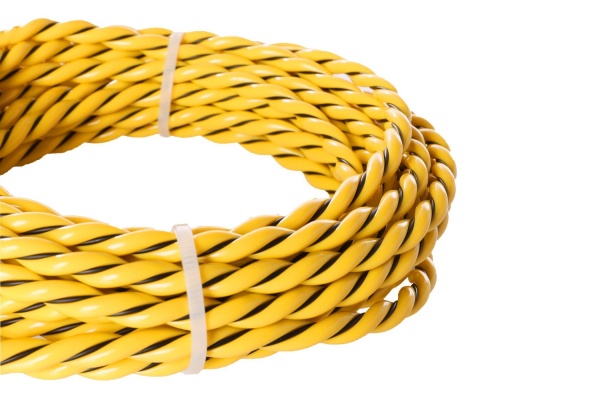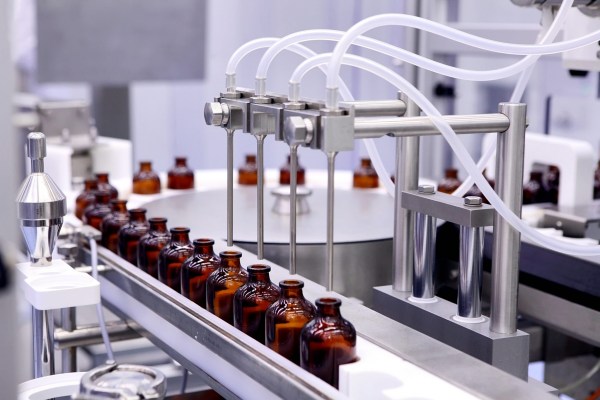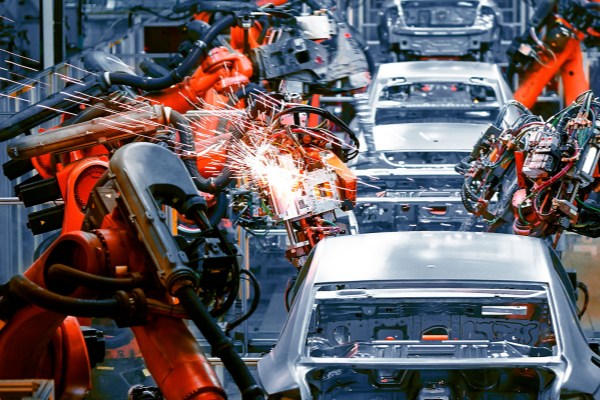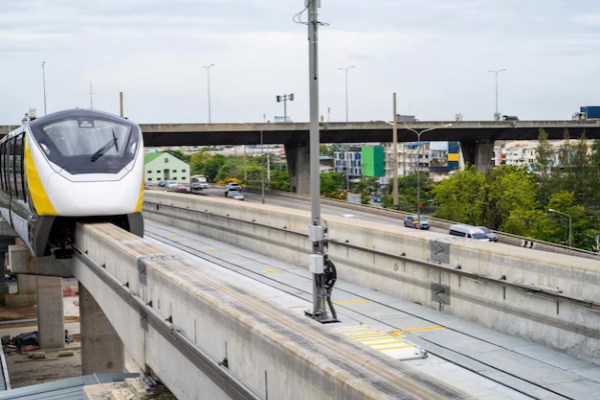在暴露于各种碳氢化合物(如油)的环境中,耐碳氢化合物电缆至关重要, 燃料, 和溶剂. 设计用于承受腐蚀作用, 这些电缆确保可靠性和安全性, 特别是在经常接触碳氢化合物的行业中. 本文将探讨耐碳氢化合物电缆的独特功能, 他们的关键应用程序, 以及为什么它们在处理石油和化学暴露的部门至关重要.

了解电缆中的烃耐药性
烃抗性 在电缆中,是指接触到碳氢化合物时承受降解的能力. 碳氢化合物, 主要由氢和碳原子组成的有机化合物, 在石油中发现, 天然气, 和各种工业化学品. 随着时间的推移, 这些化合物会恶化标准电缆材料, 导致灵活性丧失, 破裂, 或完全失败.
打击这些效果, 耐碳氢化合物的电缆由 专门配制的材料, 例如 聚乙烯 (聚乙烯), 氟聚合物 (例如Teflon), 和 聚氨酯 (pur), 旨在抵抗烃渗透. 这些材料不仅可以对油和燃料提供抗性.
耐碳氢化合物电缆的关键特征
耐碳氢化合物的电缆旨在忍受标准电缆无法处理的具有挑战性的条件. 这是他们的一些定义特征:
- 高化学耐药性
暴露于各种碳氢化合物物质时,这些电缆在化学上是稳定的, 随着时间的推移降低崩溃或侵蚀的风险. - 耐用性和寿命
耐烃电缆中使用的材料以其耐用性而闻名. 他们承受物理和化学磨损, 使其非常适合长期申请. - 热稳定性
在温度波动的环境中, 耐碳氢化合物电缆保持稳定. 这对于油提取等行业至关重要, 温度可能很高的地方.

4. 阻力
一些耐碳氢化合物的电缆也是火焰的。, 添加额外的安全层, 特别是在有火灾风险的环境中.
5. 灵活性
尽管他们的性质坚固, 这些电缆保持灵活性, 允许它们安装在狭窄的空间或复杂的工业机械布局中.
制造标准和认证
确保质量和安全, 抗碳氢化合物电缆必须遵守行业标准和认证. 这些包括:
- 国际电工委员会 60079-14 用于爆炸性的气氛
- ISO 14572 用于电缆对化学和燃料的电缆性
- UL标准, 其中包括暴露于油和碳氢化合物的电缆的特定要求
这些标准有助于确认电缆的可靠性和对充满挑战环境的适用性.
耐碳氢化合物电缆的应用
耐碳氢化合物的电缆在暴露于石油的环境中运作的行业起着至关重要的作用, 气体, 和其他基于烃的物质. 这是一些主要应用:
石油和天然气行业
这 石油和天然气 部门严重依靠耐碳氢化合物电缆用于钻机, 炼油厂, 和分销系统. 它们用于控制和电源机械, 促进通信系统, 和支持监视设备. 这些电缆通过降低电缆故障的风险来确保平稳操作, 这可能导致昂贵的停机时间.
化学制造
化学植物在生产过程中处理各种碳氢化合物. 耐碳氢化合物的电缆有助于确保机械上的安全可靠连接, 提供对腐蚀性环境的基本保护.

海洋和离岸申请
离岸平台和船只由于靠近油提取地点而面临一致暴露于碳氢化合物. 海洋环境中使用的碳氢化合物电缆支持照明, 配电, 和数据通信系统对于安全有效的操作至关重要.
汽车行业
在汽车制造和维修设施中, 耐碳氢化合物的电缆至关重要. 它们用于加油系统等应用, 润滑过程, 和车辆内的电源, 确保燃油暴露区域的安全性和耐用性.

采矿部门
矿山经常有燃料和润滑系统暴露于碳氢化合物的设备. 耐碳氢化合物的电缆在这些恶劣条件下提供可靠的电源和通信解决方案, 最大程度地减少设备故障的风险.
工业和制造设施
许多工业环境使用耐碳氢化合物的电缆进行机械,需要频繁油和润滑. 电缆通过抵抗油暴露来确保设备的连续操作, 否则会损害标准电缆的性能.
铁路和公共交通
铁路行业还受益于耐碳氢化合物电缆, 特别是在加油站等地区, 维护轮毂, 和火车建设. 这些电缆支持电气系统, 数据传输, 以及在石油和燃料暴露很常见的环境中的电力传递.

选择右碳氢化合物电缆
选择适当的耐碳氢化合物电缆涉及评估诸如环境条件之类的因素, 电缆材料, 和 电压要求. 这里有一些步骤可以帮助选择正确的电缆:
- 评估碳氢化合物暴露
确定环境中存在的碳氢化合物的类型和浓度, 因为某些材料更适合特定的碳氢化合物. - 考虑温度公差
如果电缆将在温度极端或波动的环境中使用,温度弹性是必不可少的. - 检查认证
寻找符合相关行业认证和标准的电缆, 确保电缆对预期环境的适用性. - 评估机械要求
选择具有合适机械性能的电缆, 例如灵活性, 抗拉强度, 和耐磨性, 取决于安装需求.
耐碳氢化合物电缆的安装和维护
适当的安装和定期维护对于最大程度地提高了耐碳氢化合物电缆的寿命和有效性至关重要. 一些最佳实践包括:
- 正确的电缆路由: 确保电缆被路由以避免不必要的弯曲或压力.
- 例行检查: 检查电缆是否磨损或降解, 随着早期检测可以防止更大的问题.
- 计划替换: 取决于曝光水平和电缆状况, 考虑预定的替换,以避免意外的失败.
耐碳氢化合物电缆在暴露于油的行业中是必不可少的, 燃料, 化学物质是不可避免的. 它们承受碳氢化合物腐蚀作用的能力使它们成为石油和天然气中的首选选择, 化学, 汽车, 和海洋工业, 等等. 通过了解他们的应用, 标准, 和维护需求, 企业可以确保在碳氢化合物丰富的环境中安全可靠的运营.


